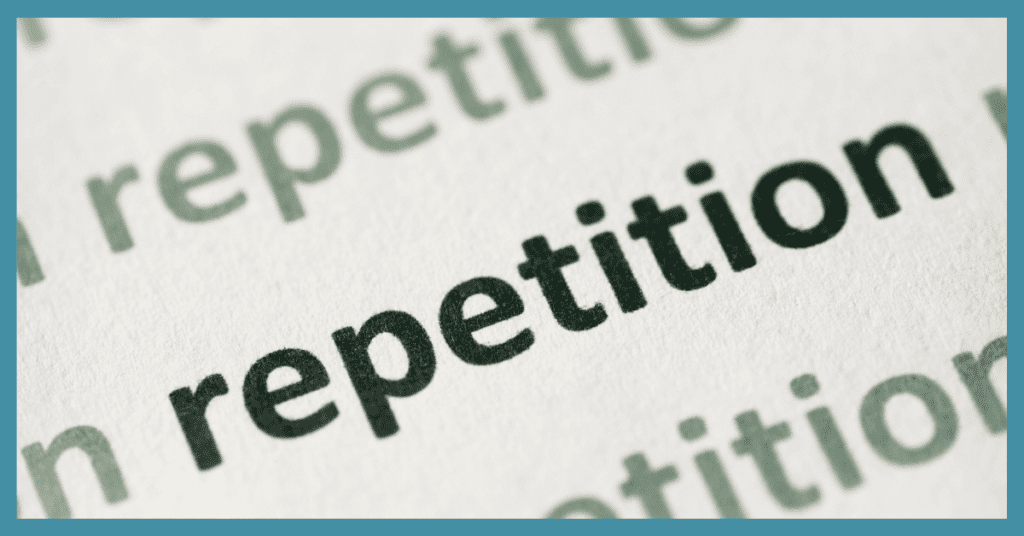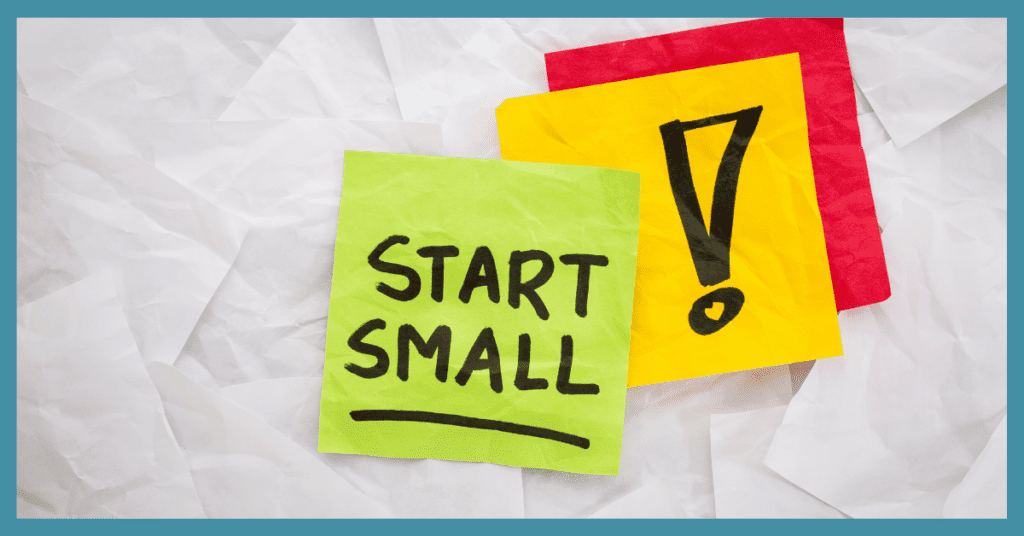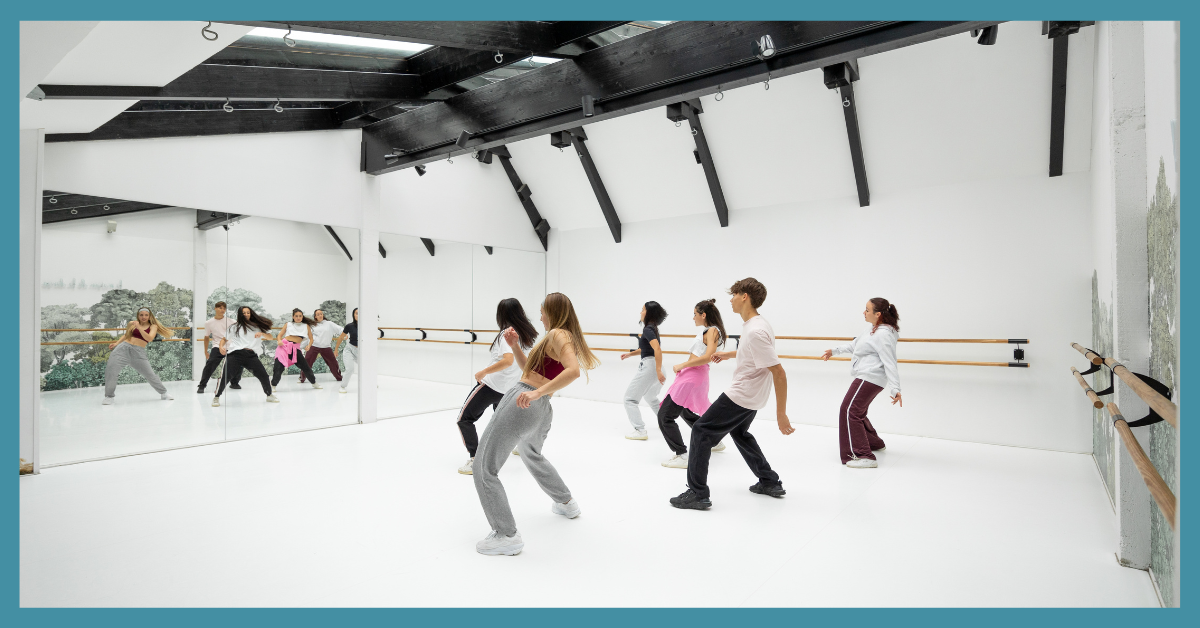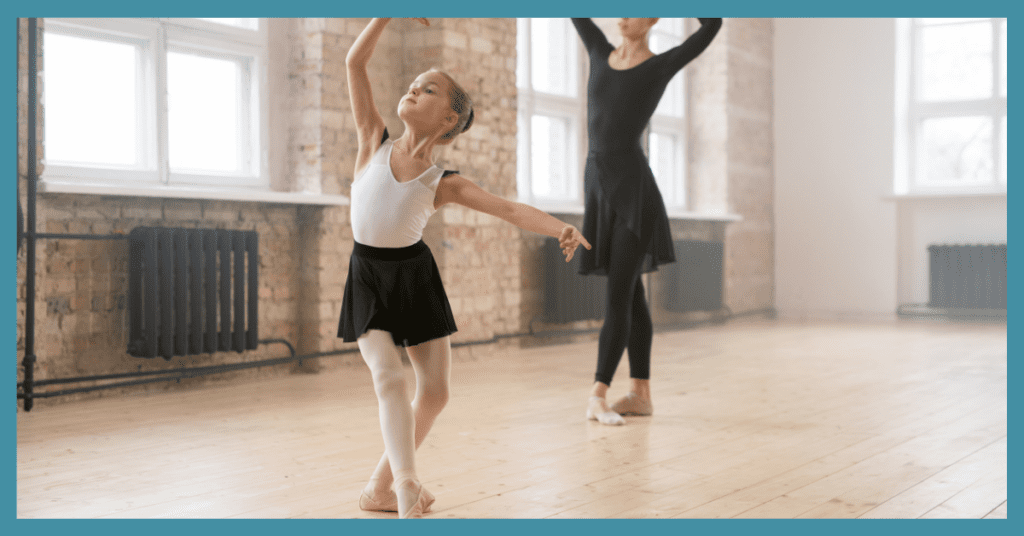Repetition is Key: The Gateway to Mastery in Dance

I trust you’ve been making great strides with the concept of ‘marginal gains’ we previously discussed. Now, let’s explore another crucial pillar of dance teaching – repetition. The mantra ‘Repetition is key’ truly holds in mastering any art form, and dance is no exception.
The Power of Repetition
It’s well-known that overnight success is rare in dance, or any skill-intensive sport for that matter. Skills must be deeply embedded into the subconscious through repetition, often over many months or even years. The essence of dance expertise lies in the repetitive execution of movements, establishing good habits for every step, pattern, and expression.
Regular skill work, exercise drills, and transitioning to live dance scenarios are all part of this process. Ideally, exercises and the analysis of movements should make up about 80% of a lesson or practice session. This leaves the remaining 20% for live dance performance, where the actual performance becomes the culmination of the lesson—a showcase of the skills refined through meticulous, repeated practice.
Repetition serves as an invaluable learning aid. This practice is crucial as it allows conscious skills to migrate into the subconscious, freeing up working memory for the dancer during performances to handle other sudden changes or challenges.
Think of it like driving: A driver changes gears, brakes, and checks mirrors almost subconsciously, while the conscious mind focuses on other motorists, pedestrians, or sudden shifts in conditions. Similarly, a dancer needs the bulk of their routine in their subconscious, enabling their conscious mind to tackle unpredictable elements during a performance.
Repetition and Mastery: A Personal Story
To illustrate the impact of repetition, I’d like to share a personal story. Six years ago, a child with dyspraxia and dyslexia was brought to my school on the advice of their educational psychiatrist. Though expectations for improvement in their motor skills were modest, consistent dance and exercise driven by repetition over six years led this child to stand on the podium as a British champion.
Repetition in practice had a remarkable effect, strengthening the child’s thought and memory pathways. It helps the brain discern what is important and needs to be remembered, and what isn’t.
Imagine walking through a field: Initially, footprints in the grass are faint. However, frequent repetition of the same path erodes the grass, forming a visible trail. This analogy can be applied to the brain and repetition. With continuous practice, actions become automatic, and can be performed while the mind is otherwise engaged.
However, there is a downside: bad habits can also form through repetition. I recall a pupil who was told to ‘look up’ just before a performance and ended up dancing with their eyes glued to the ceiling—a jarring sight. Thankfully, we corrected this before it became a habit.
Embrace Repetition: The Call to Dance Teachers
As dance teachers, we often face the challenge of maintaining students’ interest amid repetition. In an era that demands everything ‘on-demand’, repetition is often viewed as tedious or boring. We occasionally hear parents say, ‘my child can do these movements now, can they move on to something else? They’re getting bored.’
However, repetition is not just a mundane task. It is the foundation upon which mastery in dance is built. As teachers, it is our duty to help our students (and their parents) understand and embrace the power of repetition.
In one of our future discussions, we will explore strategies to combat the concept of boredom in dance. Until then, keep repeating, refining, and developing your students.






Responses